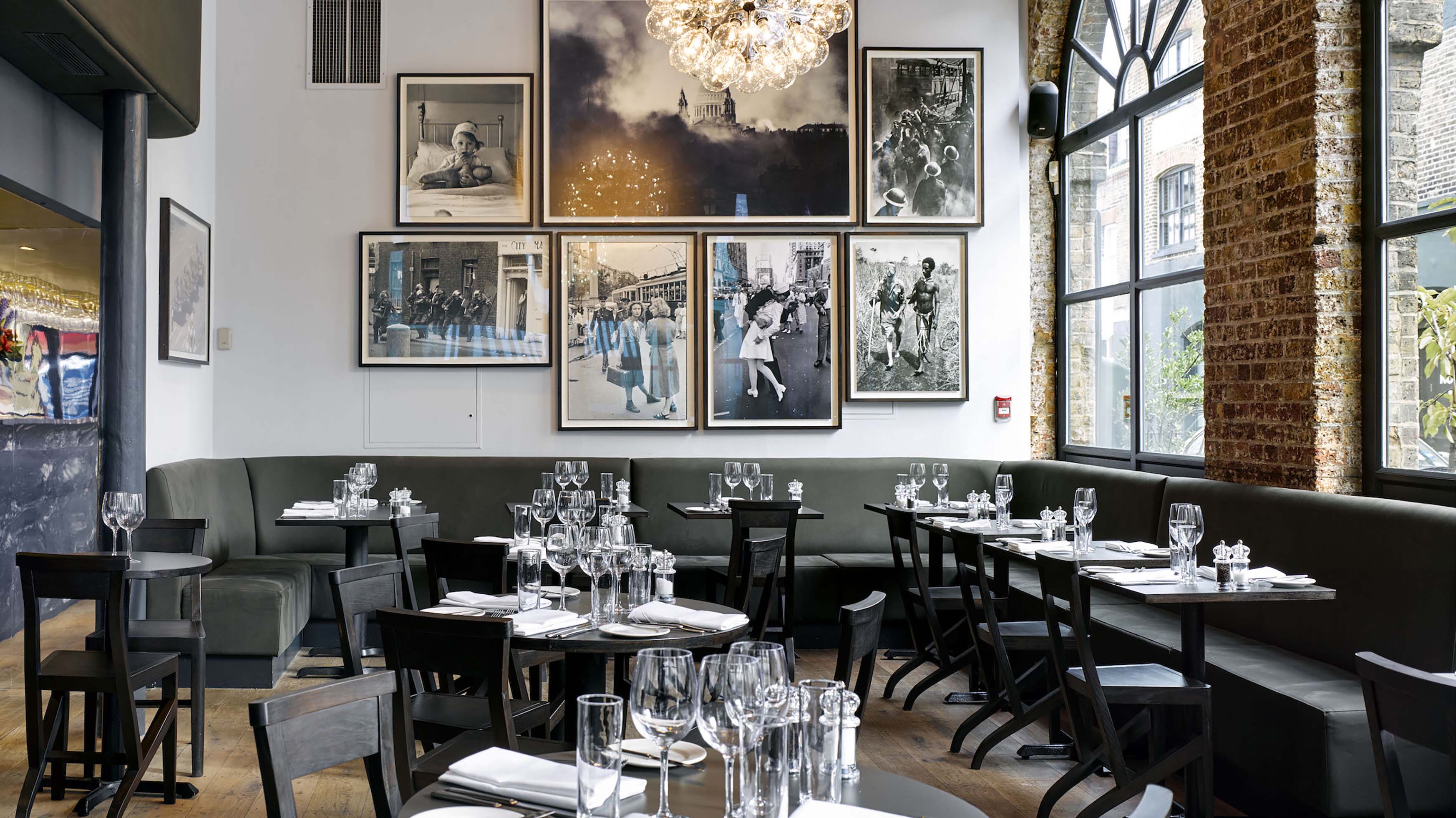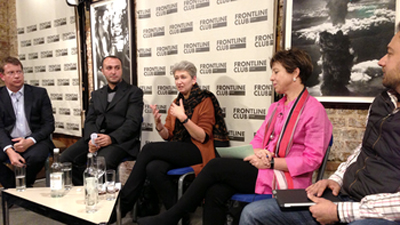Lighting and Electrical Safety for Video
The Trainer says……“The Frontline camera and directing courses are an excellent way for people already in media jobs to get the new skills and confidence that are now essential in an evolving and demanding workplace. The courses are also a great introduction for people curious about entering any field where these skills are needed.”
Many of today’s documentaries and news stories are shot by small crews or just one person working alone who is expected to do all the shooting, directing and everything else necessary for a completed shoot. This course shows you how by attending to the simple element of lighting you can dramatically improve the look of your film.
Course outline:
Part one –
* An introduction to different lighting techniques
* “Naturalistic Lighting” – learning to maximize the use and manipulation of existing light sources, complemented by your lighting kit
* Classic 3 and 4 point lighting – key, back, fill and set light
* The use of hard light and soft light
* The use of diffusion and gels to control light and for colour correction
* Working with “mixed light” – natural and artificial light
* “Incognito” lighting – protecting the interviewee’s identity
* The use of “negative fill”
* Outdoor night-time lighting options
* Safety
Part two –
* An introduction to different types of compact documentary lighting equipment
* Small compact “open-faced” lights
* Fresnel lights
* Battery lights
Tools available to control each of these lights
Duration: One day
Who it’s for: Anyone who has already completed a Frontline shooting course. People with some shooting experience on small format cameras like the Sony Z1. Professional stills photographers who are learning to work in video.
Aims: This one day course explores how we can balance time constraints with carrying a heavy lighting kit and shooting solo to get the best lighting results.
Trainer: Anthony Wood
A previous participant says…..the trainers show particiapnts ‘how to USE light not just how to add it. How to make best use of available light and how to control light to enhance an image with minimum fuss and minimum kit. A really practical and useful short course.’ –Jill Nicholls



